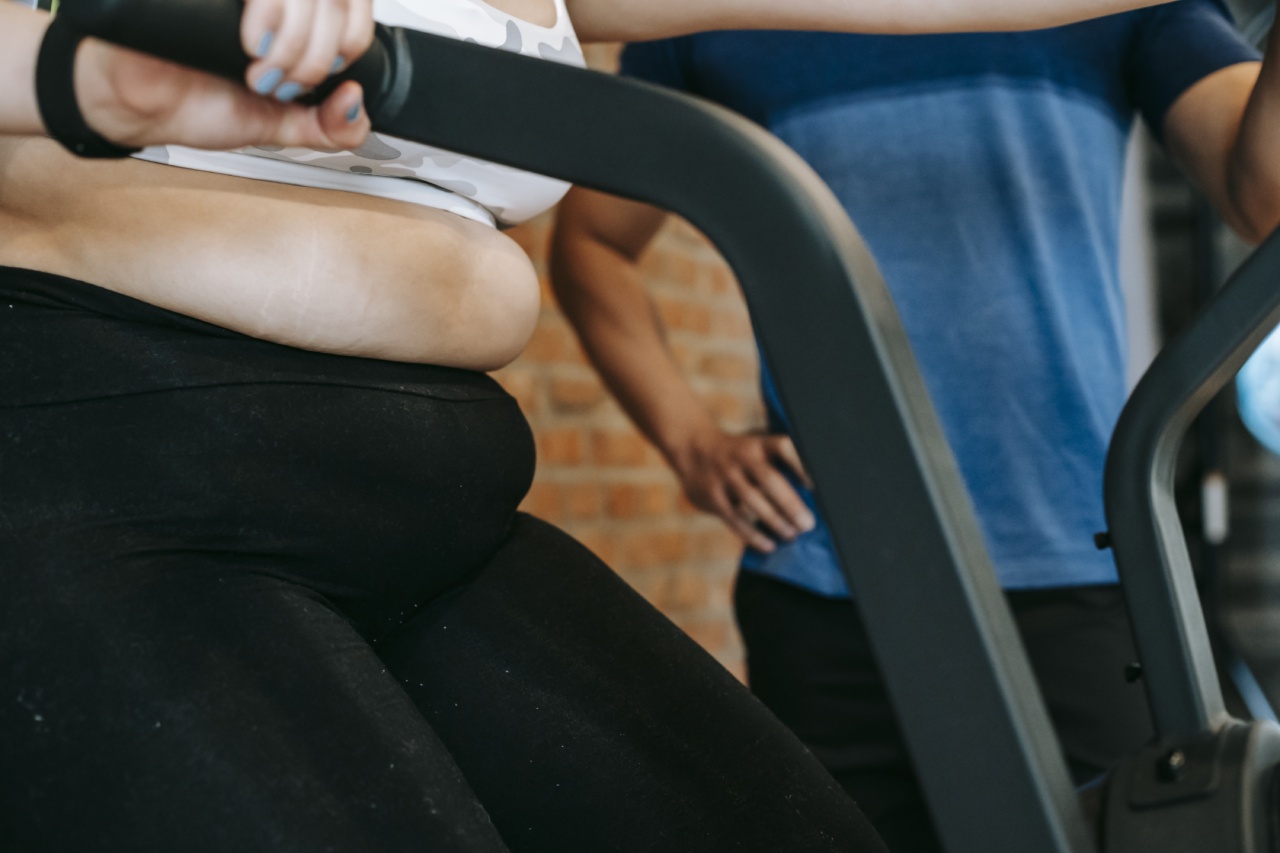Exercise is generally considered to be a beneficial activity that keeps our bodies healthy and improves our overall well-being. However, for some individuals, the act of exercising can trigger an unusual and often puzzling allergic reaction.
This phenomenon, known as exercise-induced anaphylaxis (EIA), is a rare condition that remains shrouded in mystery.
Understanding Exercise-Induced Anaphylaxis
Exercise-induced anaphylaxis is a specific type of physical allergy that is triggered by exercise or vigorous physical exertion. The precise cause of this condition is still unclear and it is considered to be a complex and multifactorial disorder.
The symptoms of exercise-induced anaphylaxis typically manifest during or immediately after exercising. These symptoms can range from mild to severe and often include:.
- Hives or skin rash
- Itching and flushing of the skin
- Sudden drop in blood pressure
- Difficulty breathing or wheezing
- Swelling of the lips, tongue, throat, or face
- Abdominal pain, nausea, or vomiting
- Unconsciousness or fainting
The Role of Exercise and Triggers
Exercise alone may not be the sole trigger of exercise-induced anaphylaxis. In many cases, specific factors or substances combined with physical activity contribute to the development of this condition. Some of these potential triggers include:.
- Foods: Certain foods consumed before or after exercise, such as shellfish, nuts, fruits, or vegetables, can act as triggers for exercise-induced anaphylaxis.
- Medications: Some medications, including nonsteroidal anti-inflammatory drugs (NSAIDs), can increase the likelihood of experiencing an allergic reaction during exercise.
- Environmental factors: Extreme temperatures, high humidity, or exposure to allergens like pollen or dust mites can enhance the risk of exercise-induced anaphylaxis in susceptible individuals.
- Hormonal changes: Hormonal fluctuations, such as those that occur during menstruation, may play a role in triggering this condition.
Diagnosis and Treatment
Diagnosing exercise-induced anaphylaxis can be challenging due to the elusive nature of the condition and its association with physical activity. It is crucial to seek medical attention if you suspect you are experiencing symptoms of this condition.
During a medical evaluation, your doctor will review your medical history, perform a physical examination, and may order diagnostic tests, such as skin prick tests and blood tests, to rule out other potential causes of your symptoms.
The primary treatment for exercise-induced anaphylaxis involves avoiding your triggers. In some cases, this may mean modifying your exercise routine, avoiding specific foods, or adjusting medication usage.
If an allergic reaction occurs, prompt administration of epinephrine (adrenaline) via an auto-injector is often necessary to counteract the life-threatening symptoms.
Consulting with an allergist or immunologist who specializes in diagnosing and managing exercise-induced anaphylaxis is crucial.
They can provide personalized advice, develop an appropriate management plan, and educate you on recognizing early signs of potential anaphylactic reactions.
Preventing Exercise-Induced Anaphylaxis
While exercise-induced anaphylaxis can be a perplexing condition, there are steps you can take to reduce the risk of experiencing an allergic reaction during physical activity:.
- Avoid known triggers: Identify and avoid foods, medications, or environmental conditions that have previously triggered your symptoms.
- Gradual warm-up: Engage in a proper warm-up routine before exercising or participating in physically demanding activities.
- Exercise with a partner: It is always wise to exercise or engage in physical activities with a partner who is aware of your condition and knows how to respond in case of an emergency.
- Carry an epinephrine auto-injector: If you have been diagnosed with exercise-induced anaphylaxis, always carry an epinephrine auto-injector and ensure that you and those around you know how to use it.
Living with Exercise-Induced Anaphylaxis
Living with exercise-induced anaphylaxis can be challenging, but with proper management and precautions, individuals can lead fulfilling and active lives.
It is essential to communicate your condition to peers, coaches, trainers, and healthcare professionals, ensuring they are aware and well-equipped to assist if an allergic reaction occurs.
Remember, while exercise-induced anaphylaxis may be mysterious, it is a manageable condition.
By staying vigilant, understanding your triggers, and following the guidance of medical professionals, you can continue to pursue an active and healthy lifestyle.































